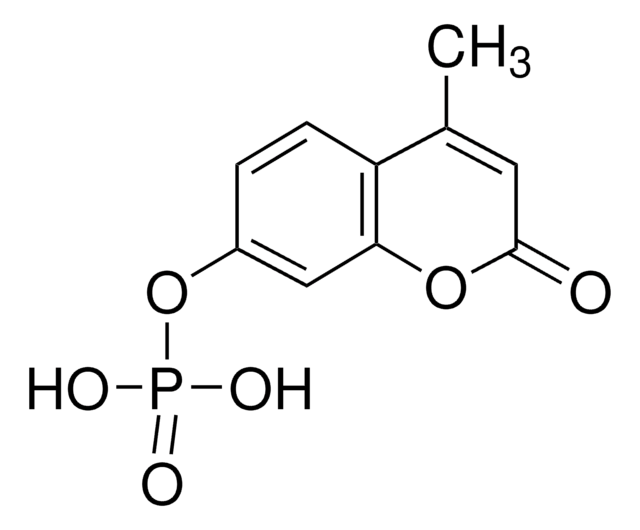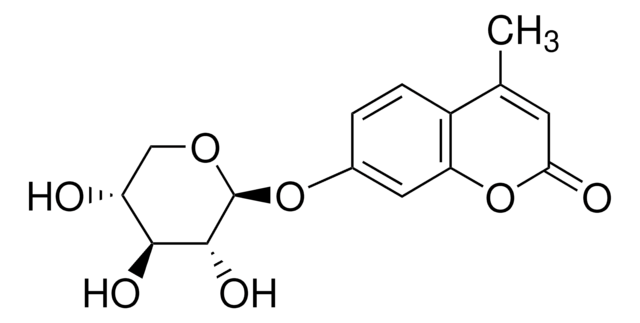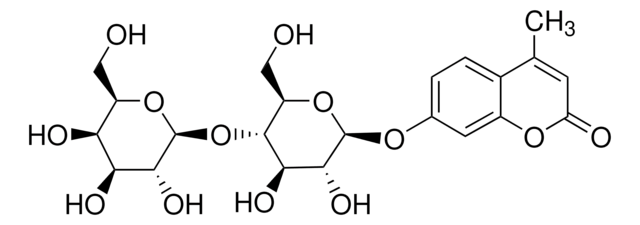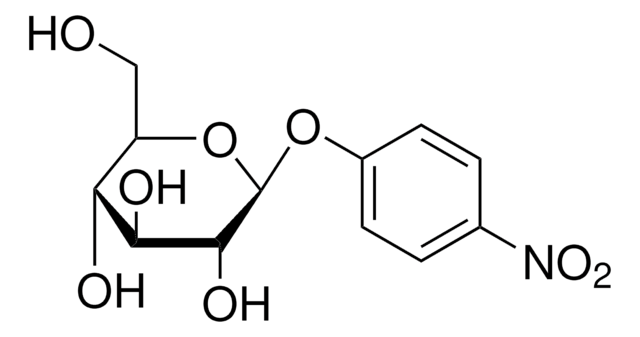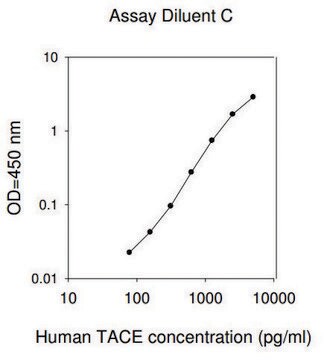M8070
Monoclonal Anti-phospho MDMX (pTyr55) antibody produced in mouse
~2 mg/mL, clone PH-MDMX-55, purified immunoglobulin, buffered aqueous solution
Sinónimos:
Anti-HDM4, Anti-HDMX, Anti-MDM4, Anti-MGC132766, Anti-MRP1
About This Item
Productos recomendados
origen biológico
mouse
conjugado
unconjugated
forma del anticuerpo
purified immunoglobulin
tipo de anticuerpo
primary antibodies
clon
PH-MDMX-55, monoclonal
formulario
buffered aqueous solution
mol peso
antigen ~80 kDa
reactividad de especies
human
envase
antibody small pack of 25 μL
concentración
~2 mg/mL
técnicas
indirect ELISA: suitable
western blot: 4-8 μg/mL using total cell extract of HEK-293T cells co-transfected with human MDMX and a specific kinase
isotipo
IgG2a
Nº de acceso UniProt
Condiciones de envío
dry ice
temp. de almacenamiento
−20°C
modificación del objetivo postraduccional
phosphorylation (pTyr55)
Información sobre el gen
human ... MDM4(4194)
Descripción general
Especificidad
Inmunógeno
Aplicación
- immunoblotting
- immunoprecipitation
- immunocytochemistry
- enzyme-linked immunosorbent assay (ELISA)
Acciones bioquímicas o fisiológicas
Forma física
Almacenamiento y estabilidad
Cláusula de descargo de responsabilidad
¿No encuentra el producto adecuado?
Pruebe nuestro Herramienta de selección de productos.
Producto relacionado
Código de clase de almacenamiento
10 - Combustible liquids
Clase de riesgo para el agua (WGK)
WGK 3
Punto de inflamabilidad (°F)
Not applicable
Punto de inflamabilidad (°C)
Not applicable
Equipo de protección personal
Eyeshields, Gloves, multi-purpose combination respirator cartridge (US)
Certificados de análisis (COA)
Busque Certificados de análisis (COA) introduciendo el número de lote del producto. Los números de lote se encuentran en la etiqueta del producto después de las palabras «Lot» o «Batch»
¿Ya tiene este producto?
Encuentre la documentación para los productos que ha comprado recientemente en la Biblioteca de documentos.
Nuestro equipo de científicos tiene experiencia en todas las áreas de investigación: Ciencias de la vida, Ciencia de los materiales, Síntesis química, Cromatografía, Analítica y muchas otras.
Póngase en contacto con el Servicio técnico
